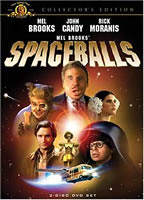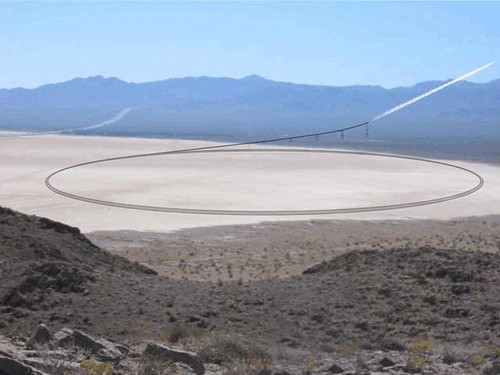“The Greatest Discovery of All Time”
Thursday, October 5th, 2006The big astronomy news today, of course, is the award of the Nobel Prize in Physics to American physicists John C. Mather and George F. Smoot "for their discovery of the blackbody form and anisotropy of the cosmic microwave background radiation" — or, more popularly, "cosmic ripples."
"Cosmologists have praised the discovery by Americans John Mather and George Smoot of "cosmic ripples" as the greatest discovery of all time," according to SABC News.
The Boston Globe has more on this "inspiring example of scientific investigation and progress":
In 1989, the Big Bang theory was backed up by striking corroborative evidence. NASA’s COBE satellite (for Cosmic Background Explorer) measured background radiation and helped scientists calculate tiny temperature variations that theories had predicted a big bang would produce.
These measurements “marked the inception of cosmology as a precise science," not just a theoretical one, Nobel Prize officials said in a statement announcing that this year’s physics prize goes to NASA scientist John C. Mather, who oversaw the COBE work, and to University of California/Berkeley physicist George F. Smoot, who worked on the temperature measurements….
Even more than honoring scientists, the Nobel Prize awards science itself: the work of forming and testing hypotheses that leads to abandoning old ideas and settling on new conclusions and, inevitably, new questions. It is often a team effort, the work of more than 1,000 people supported the COBE satellite. It is work that relies on the seemingly outrageous ideas of insightful individuals who frequently outrage establishment thinking and sometimes tear it down and rebuild it.
(The Globe also has a good story on Smoot’s days as a prankster at MIT.)
Be sure to check out NASA’s COBE satellite page for details on the satellite and its three instruments, which each yielded a major discovery in cosmology — but which also raised a number of questions that the European Space Agency hopes to answer with the 2008 launch of its Planck satellite.
 We recently heard about a new venture between Brooksfilms Ltd. and
We recently heard about a new venture between Brooksfilms Ltd. and 

